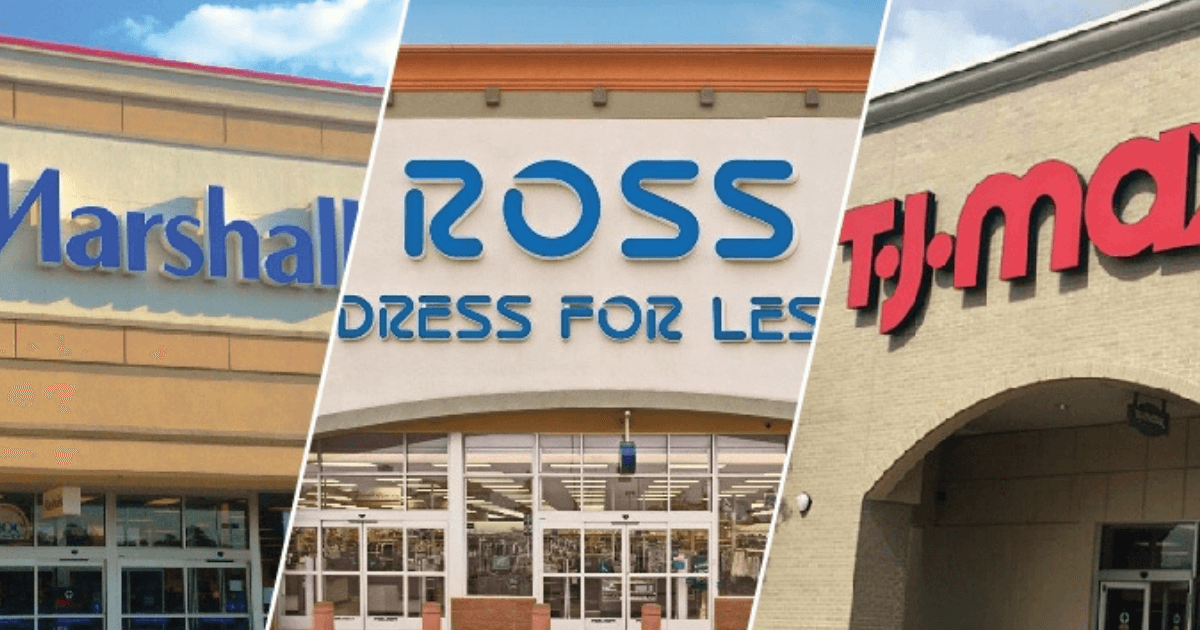Off-Price Chains See Fewer Closeouts; Plan Expansion

Off-price chains surged in recent years by cashing in on the closeout inventory tied to retail bankruptcies and store closures.
Whether or not those closeouts will continue to be as plentiful, however, remains to be seen as global markets return to some degree of normalcy even amid supply chain issues.
Burlington, Ross Stores, and TJX Companies (including Homegoods, Marshalls, and T.J. Maxx) were confident heading into the holiday season and remain so for the spring. But inventory is tight and there’s less room for the closeouts that drive off-price retailers’ business, which can be equal parts licensed and non-licensed brands.
Indeed, TJX is carrying a ”little less” in terms of luxury brands due in part to consumers adopting more casual attire, said CEO Ernie Herrman. That trend isn’t likely to be long-term and will change as markets fully reopen, Herrman said.
While inventory is likely to be tight in the near term, that is expected to change as supply chain bottlenecks ease starting around mid-year. This will create “more closeout opportunities for us in the future,” Ross Stores CEO Barbara Rentler said. In the meantime, Ross has seen more full-price selling, which typically accounts for 20-30% of sales.
“With the supply chain and the lack of inventory and the flow of goods, there will likely be less available for closeouts,” a licensing industry executive said. “A year ago it was the exact opposite where you had a ton of licensees and brands with excess inventory because of Covid with no place to go. Now it’s flipped a little bit because the inventory that is available is flying.”
The inventory that is available stretches across all categories with an emphasis on home goods, where sales have been strong. Sales rose 34% in the third quarter ended Sept. 30 at TJX’s Homegoods locations, for example, while the sales increase at the more apparel-oriented affiliate Marshalls was 11% during the same period. Overall, same-store sales at both TJX and Ross increased 14% in the third quarter.
“It’s a good time to be a buyer,” Rentler said. “Overall, it’s favorable, even with store closures. One would expect that over time, as retail settles after Covid, the market will get more bullish on creating more goods.”
Yet unloading excess inventory to off-price retailers still remains the last resort for many suppliers. And if not as much of that inventory is available this year, that could spell trouble for chains with an eye on expansion.
TJX plans to open 170 stores this year before returning to the more typical 200 stores in 2023, Chief Financial Officer Scott Goldenberg said. Both Burlington and Ross, which operate under its own banner as well as dd’s Discount, plan to add 100 locations this year. Burlington, which has 761 stores, has a long-term target of 2,000 locations, while Ross, with 1,529 stores, is targeting 3,000.
Ultimately, off-price chains will benefit from other retailers’ woes as they have in the past, said Ike Boruchow, an analyst at Wells Fargo.
“The unexpected events of 2020 have driven many retailer bankruptcies and thus, severe inventory dislocations,” Boruchow said. “The last time a similar dynamic occurred was back in 2008, which was followed by a decade of off-price share gains and stable performance.”




